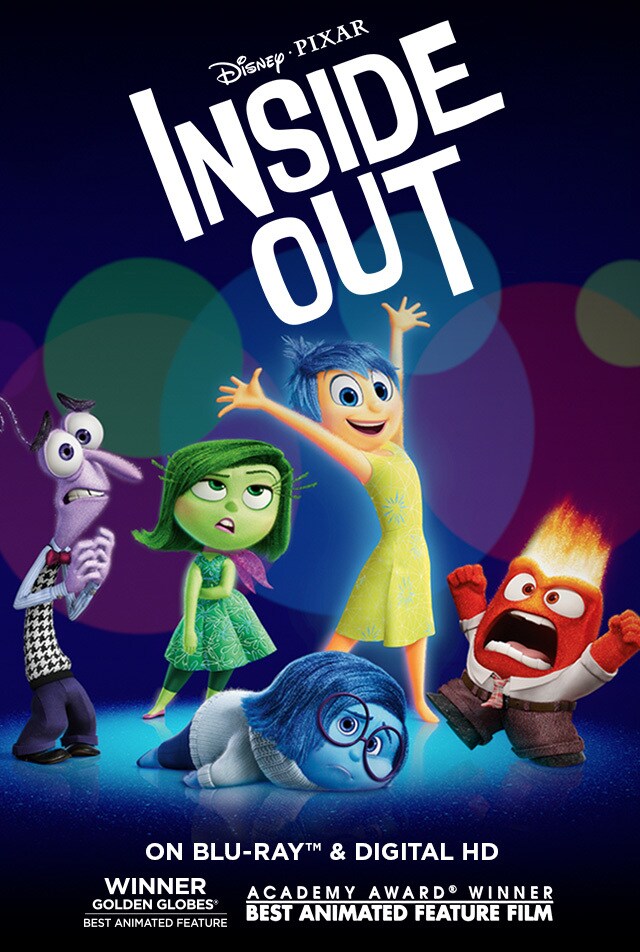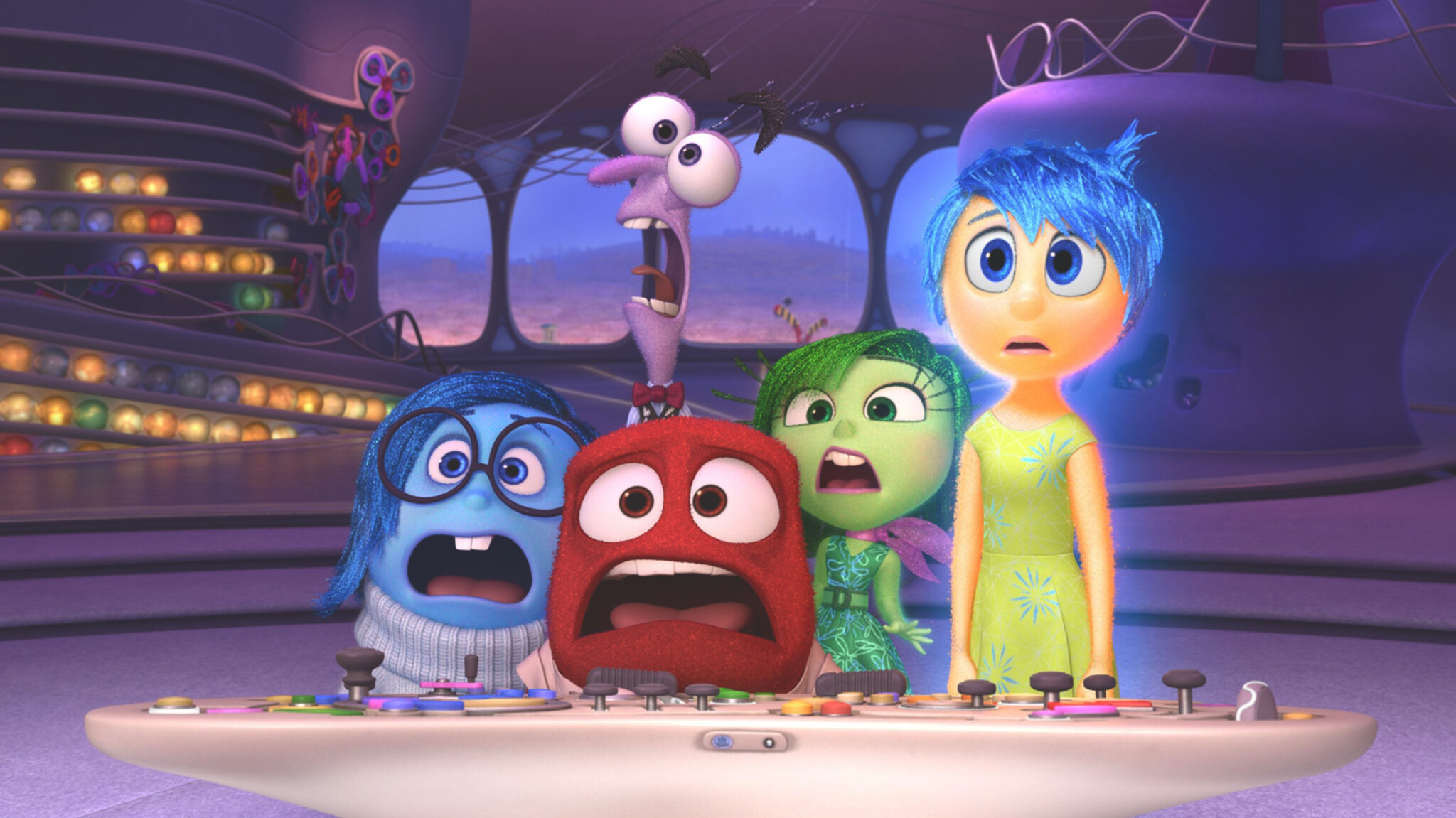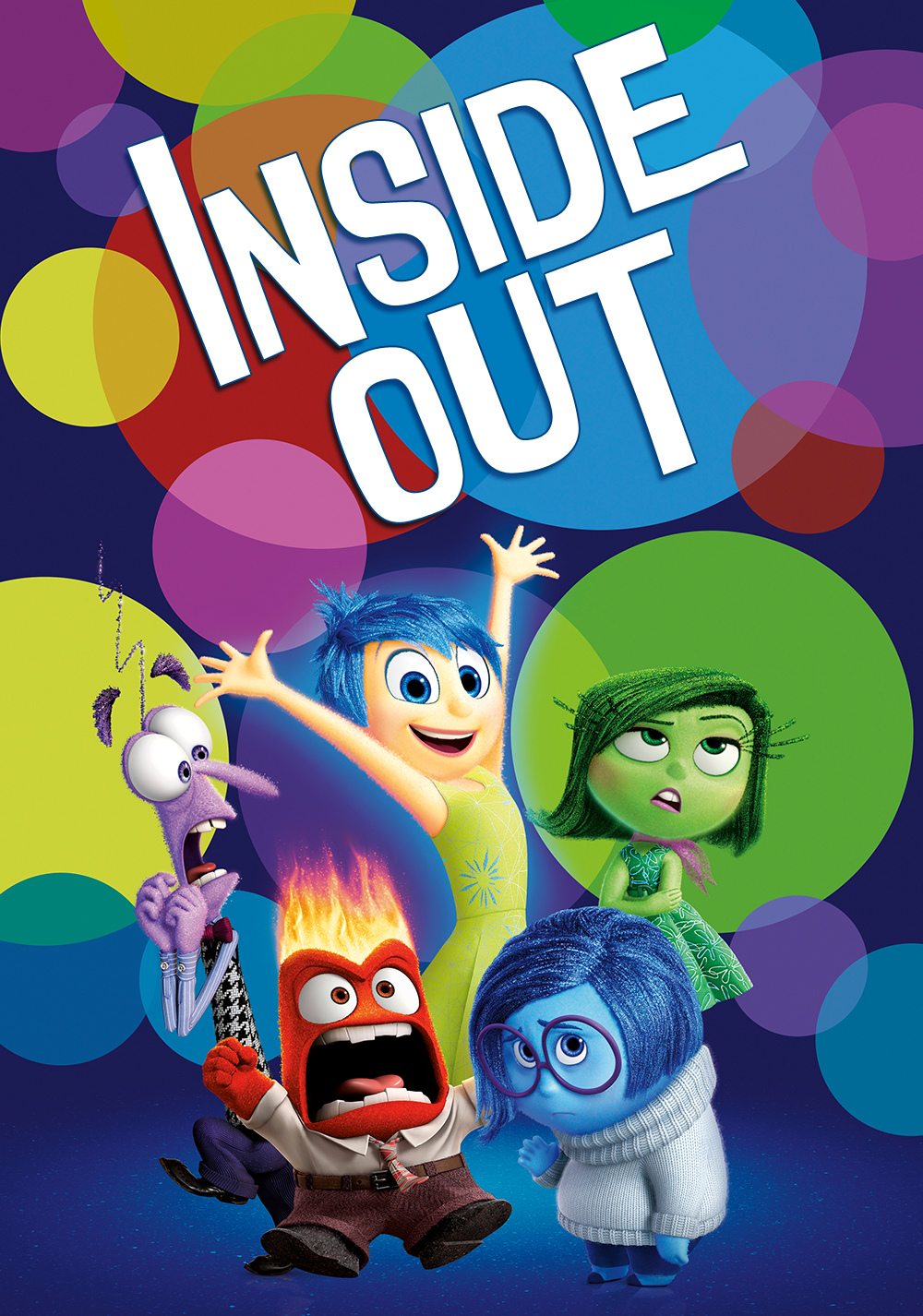
For example: being given emotional attention when crying as a baby, ice-skating with her parents on the lake as a toddler, being goofy with her father as a child, and generally feeling secure and safe in her home and with her parents. In the film, Riley’s core memories (memories shaped by her childhood experiences) are happy ones. Childhood memories have the power to shape how we see the world. And Sadness, ultimately, helps Riley gain empathy and sympathy during times of loss. Joy helps Riley stay away from painful experiences and seek out happy ones. Disgust helps her stay away from unsavory situations. Each emotion also has a unique role: Fear and Anger help Riley determine her flight-or-fight response. Observe and assist with the storage and recall of short- and long-term memories. Help Riley figure out what to do when faced with an internal decision.
MEANING OF INSIDE OUT MOVIE HOW TO
Their job description? Gauge how to react to social interactions. Together, these five characters stand at the control center of Riley’s brain, known as headquarters.
MEANING OF INSIDE OUT MOVIE MOVIE
The two emotions not included in the movie are Surprise and Contempt – but the story does fine without them.

Paul Ekman, a leading expert in human emotion. They’re based on the seven universal emotions shown by the research of Dr. The five emotions personified in Inside Out are clinically accurate. Five Takeaways for Teens from the Animated Film “Inside Out” Here are just a few lessons the movie can teach us about the power of emotions.

And the green-bodied Disgust is quick to cross her arms and wrinkle her nose any time she encounters something repelling.įeaturing these lovable characters, the film Inside Out has a lot to teach teens and adolescents. Wide-eyed Fear is always trembling and biting his nails. Anger is a stocky, square fire-breathing ball of irritation. The short, frumpy-looking Sadness is your typical Debbie Downer: mopey, teary and lethargic. There are five of them: Joy, Sadness, Fear, Anger and Disgust.Įach emotion is depicted in the film as its own separate character: Joy is a glowing, sparkly fairy-like cheerleader oozing positivity and optimism. She ends up trying to run away from home.īut the movie is not so much about Riley, the character, as it is about her individual emotions. School is hard, their new house is nothing like their old one, and she feels her parents don’t understand her struggles. Though at first Riley tries to make the best of a hard situation, she soon begins missing Minnesota. It centers around Riley moving from her hometown in Minnesota – where she grew up with happy memories of ice-hockey, silly jokes with Dad, and fun times with friends – to the San Francisco Bay Area. Inside Out, a Pixar-animated story about an 11-year-old pre-teen girl named Riley, is one of those movies. Great movies like that can change your perspective on the world. And it can do it while making you laugh, cry, or both. Sometimes a movie is so educational and entertaining that it can teach you more about a subject than a textbook. Intensive Outpatient (IOP) / After-School.Partial Hospitalization (PHP) / Day Program.Riley's lost long-term memories turn gray and are "vacuumed away" from her long-term memory on a regular basis by little maintenance workers in her head). Experiences, information, even people get lost if not recalled on a regular basis. How memories can be forgotten (there is only so much we can remember.This is true for our memories-they are not stagnant, but can change as we evolve and create new experiences). How memories can be changed (in the movie, when Sadness touches a joyful memory, it becomes tinged blue with sadness.Riley's memory-storage balls get sent to her long-term memory every night after she falls asleep). How memories move to long-term storage (otherwise known as memory consolidation, a large part of which occurs during sleep.

For Riley, these come in the form of balls storing the memory that get sent to her emotions in central command). How memories are formed (key moments from everyday life are stored temporarily before moving to long-term storage. This movie provides a beautiful framework for understanding and explaining various complexities of memory processing, including:

Although most of this post centers on the portrayal of emotions in Inside Out, another neural process underlying the movie's storyline involves memory.


 0 kommentar(er)
0 kommentar(er)
